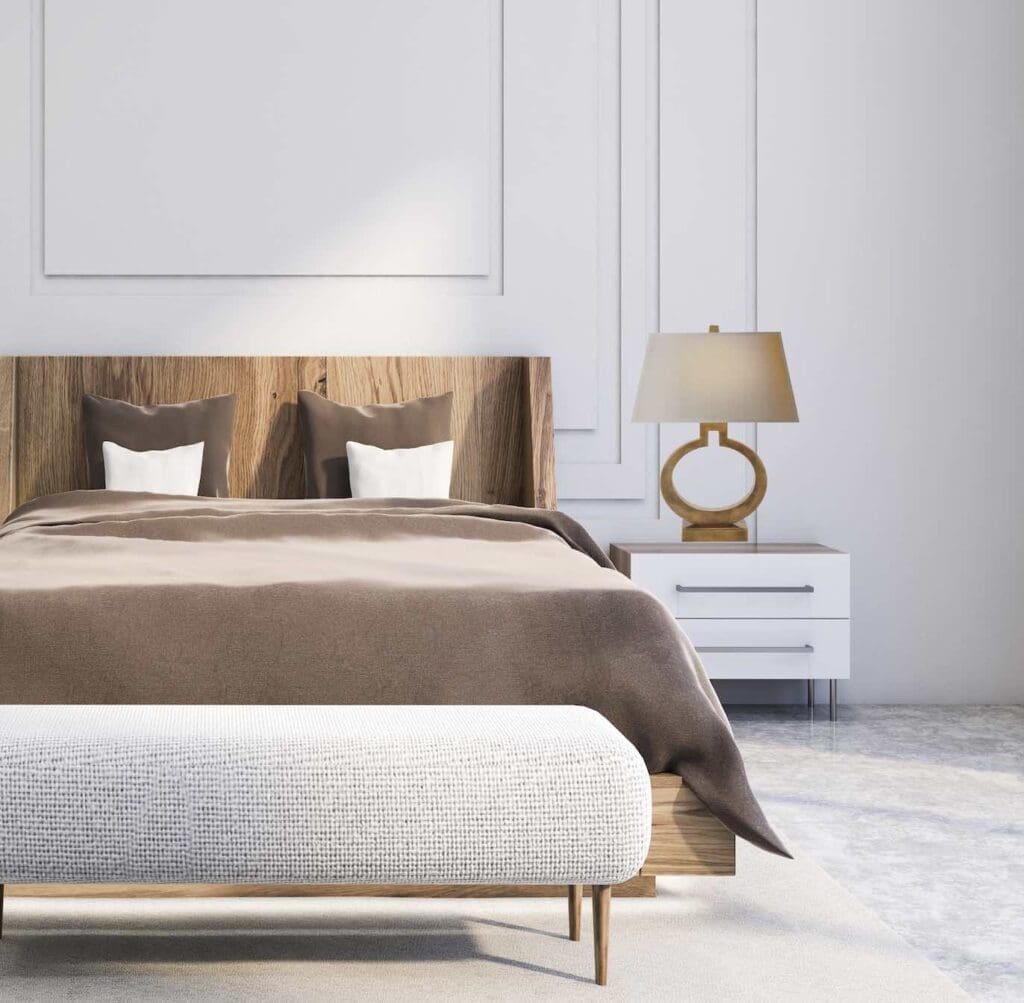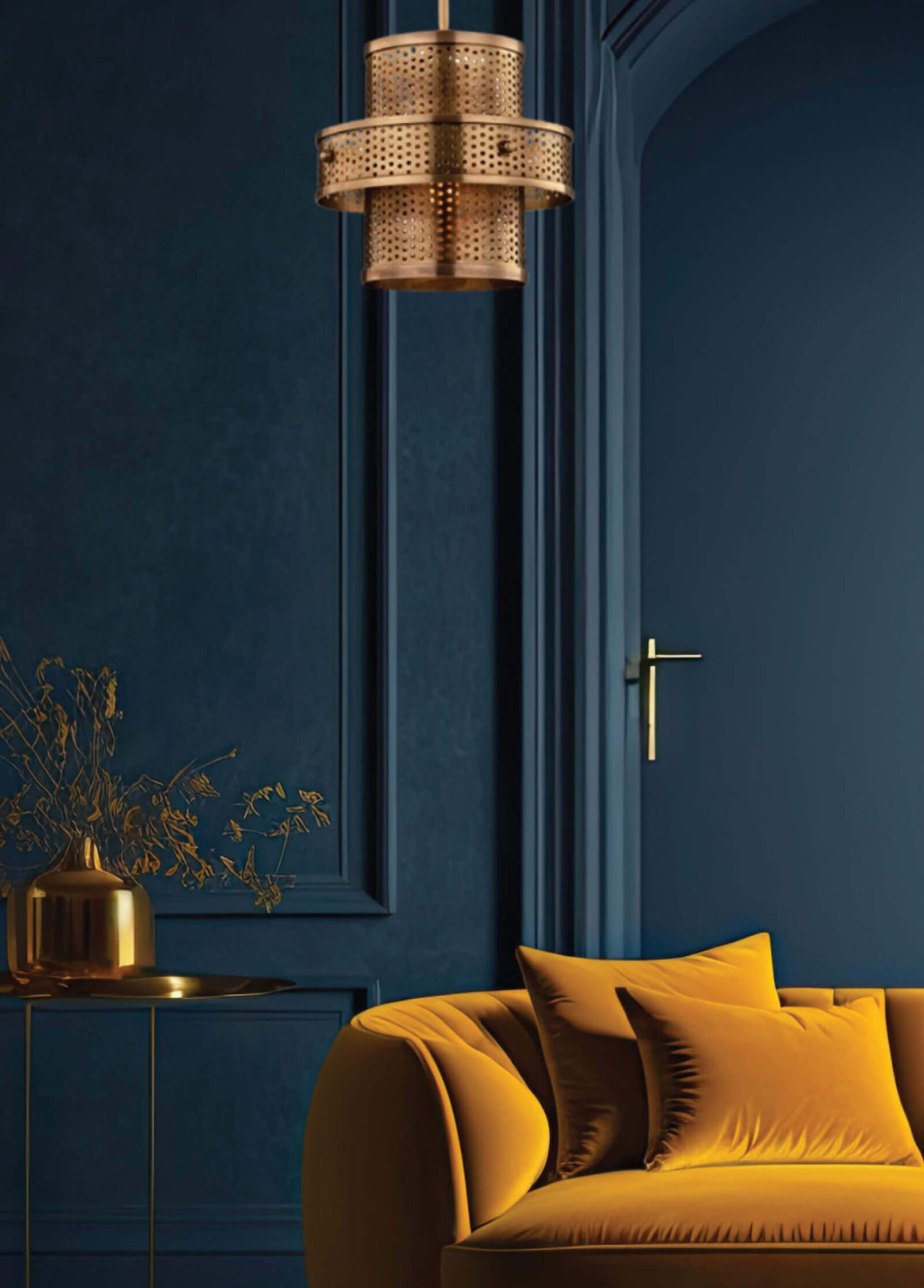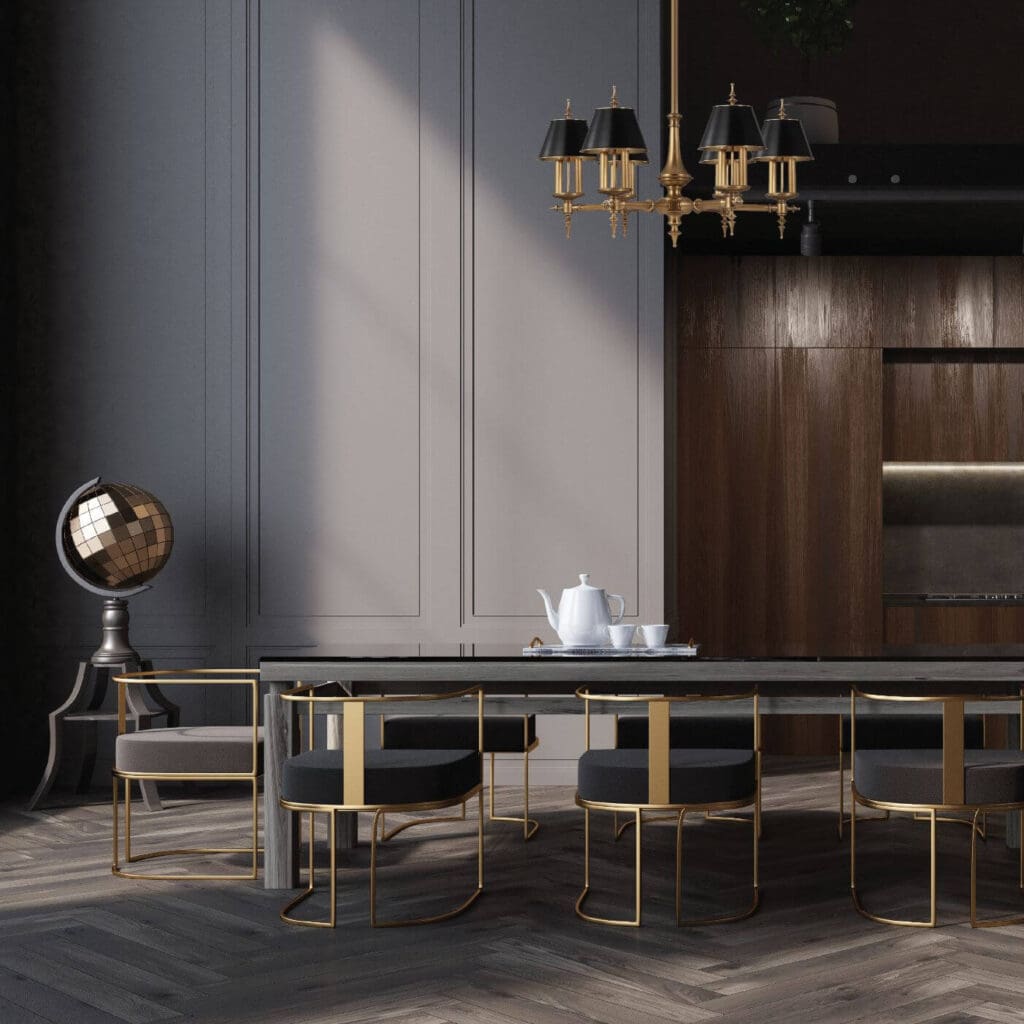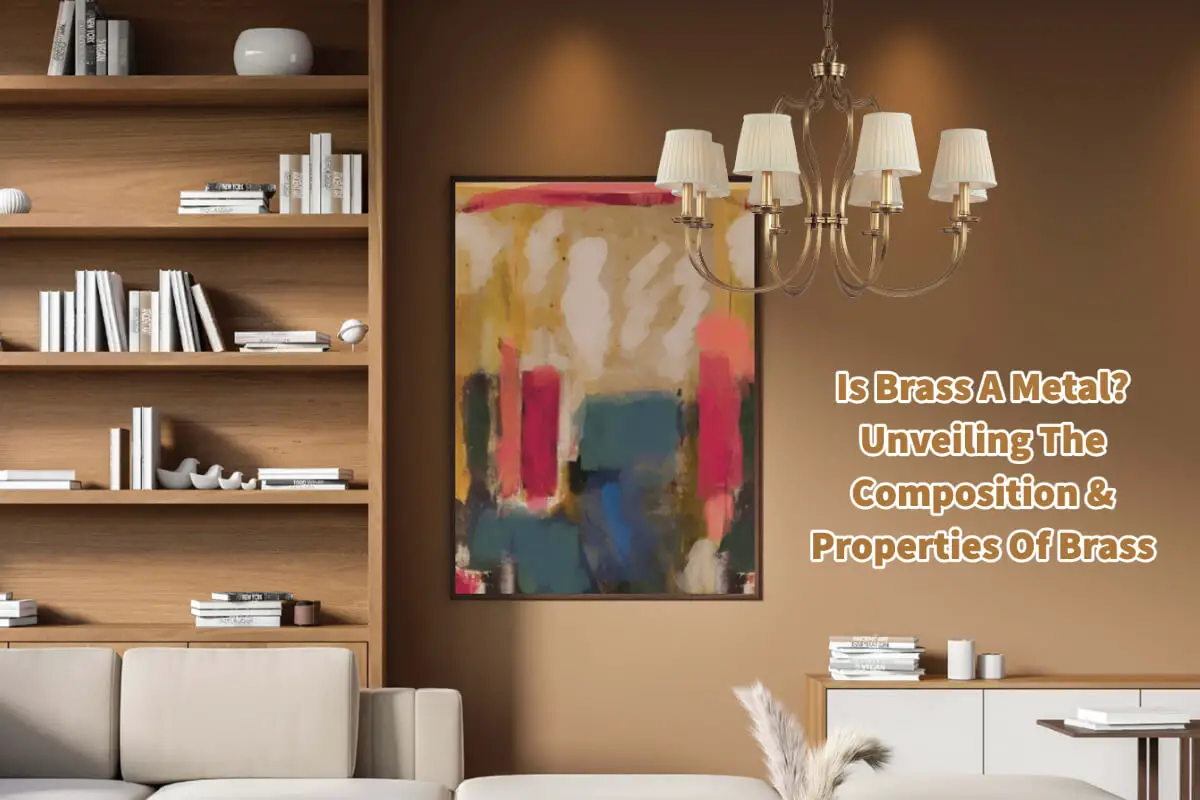Brass is a primary metal that is used a lot in the home decor and home furniture industry. It is also a metal that has been around for centuries.
Many of us have encountered brass at some point in our lives. From jewelry to plumbing materials, brass’s gleaming gold-like appearance and robust performance have given it a widespread application in various industries. But what exactly is brass? Is it metal? This post aims to unravel the facts about brass and delve into its composition, properties, and applications.
Table of Contents
What Is Brass? Is It A Metal?
Yes, brass is indeed a metal. However, it’s not a pure metal; instead, it’s an alloy – a blend of two or more metals mixed to create a new material with improved characteristics.
The primary constituents of brass are copper and zinc, which determine its essential properties and give it its distinctive golden color.

Copper, a naturally occurring element, brings excellent electrical conductivity, flexibility, and corrosion resistance to the alloy. Meanwhile, zinc, another element, adds strength, flexibility, and anti-microbial properties to the mix.
The varying ratios of copper and zinc within the brass alloy result in a range of different types of brass, each with unique characteristics.
How Is Brass Made?
Brass production is a fascinating process. It begins with mining copper and zinc ores, which are then purified and smelted into their pure metallic forms.
These two metals are then combined in a furnace at high temperatures. The resultant mixture is poured into molds to cool and solidify, creating brass.
The Role Of Other Elements In Brass
While copper and zinc form the backbone of brass, several other elements may be included to modify the alloy’s properties.
For instance, adding iron enhances the brass’s strength and makes it more wear-resistant. Aluminum, when added, increases the alloy’s corrosion resistance and gives the brass a slightly bluish tint.
Silicon can enhance brass’s fluidity when molten, easing the casting process.
Similarly, manganese can increase the strength and corrosion resistance of the brass while also acting as a deoxidizer, removing excess oxygen from the metal during production.
Each variant of brass with different metallic constituents has a unique name and specific applications.

For example, brass containing a small amount of lead is known as free-cutting or free-machining brass and is easier to machine than other types of brass.
n contrast, brass with added aluminum, iron, and manganese is high-strength yellow brass used in applications with superior strength.
The Properties And Applications Of Brass
As an alloy, brass exhibits a wide variety of advantageous properties. Its visual appeal, similar to gold, is perhaps its most recognizable feature. However, the benefits of using brass go far beyond its aesthetic value.

Brass is highly malleable and ductile. It can be easily shaped into various forms without breaking or cracking, making it ideal for intricate jewelry and decorative art designs. The addition of zinc, as well as small amounts of other elements, can increase this malleability.
Brass exhibits excellent corrosion resistance, especially against water, making it ideal for plumbing, marine environments, and steam work. Specific types of brass, like dezincification-resistant (DZR) or DR brass, are designed to resist corrosion in challenging environments.
Thanks to its low friction coefficient, brass is commonly used for locks, gears, doorknobs, ammunition casings, and valves where low friction is required. Its acoustic properties also make it the material of choice for many musical instruments like trumpets, trombones, and saxophones.
Brass is a metal – more specifically, it’s a metal alloy primarily composed of copper and zinc. Other elements like iron, aluminum, silicon, and manganese can be added in different proportions to alter their properties to suit specific applications.
The malleability and ductility of brass make it an excellent choice for artistic pieces and intricate mechanical parts. Its golden shine imparts a visually appealing look, while its corrosion resistance makes it suitable for many industrial uses.
As with many metal alloys, the versatility of brass is not just in its wide range of properties but in how it can be finely tuned to suit a specific purpose. The existence of numerous types of brass, each with unique characteristics, speaks volumes about the flexibility of this alloy.

Innovations in metallurgical processes continue to bring forth new varieties of brass with specialized properties, making this alloy a continually evolving material. Whether it’s in the form of antique decor, a musical instrument, or a plumbing fixture, brass proves its value and versatility time and again.
Brass isn’t just a metal; it’s an amalgamation of science, art, and industry. Understanding the alloy’s nature, composition, and properties is fascinating from a scientific point of view and vital for those who work with brass daily.
Who knows what exciting new applications this vibrant metal alloy may find as we find new ways to use and manipulate brass?
The world of metals and alloys is ever-evolving, and brass continues to be a shining star in it. Its blend of beauty and brawn, form and function, proves that sometimes, the whole is greater than the sum of its parts.
And yes, unequivocally, brass is an alloy that exemplifies the versatility and adaptability of metals.
So, next time you come across a piece of brass, take a moment to appreciate the complex metallurgical symphony that gives this golden alloy its unique properties.
Find out more about how Mondoro can help you create, develop, and manufacture excellent home decor and home furniture products – don’t hesitate to contact me, Anita. Check out my email by clicking here or become a part of our community and join our newsletter by clicking here.
Mondoro gives out a FREE Lookbook to anyone interested. You can receive a copy of our latest Lookbook by clicking here.
Listen to our Podcast called Global Trade Gal. You can find it on all major podcast platforms. Try out to listen to one of our podcasts by clicking here.
Subscribe to our Mondoro Company Limited YouTube Channel filled with great videos and information by clicking here.
Related Content
Brass Vs. Bronze: Exploring The Unique Characteristics
Brass and bronze are two popular copper-based alloys used for centuries for various purposes. They are both metals that have been used for centuries.
Although their similarities in appearance and composition, brass and bronze have distinct differences in their properties and characteristics; understanding the unique attributes of brass and bronze is essential for making informed decisions when choosing the suitable alloy for a particular application.
You can discover more by reading Brass Vs. Bronze: Exploring The Unique Characteristics by clicking here.
The Pros And Cons Of Brass And Nickel Finishes
Brass and nickel finishes have been popular choices for home décor for centuries. They offer various colors, finishes, and textures that add elegance and luxury to any home. However, like any other material, they also come with their own set of pros and cons.
You can find out more by reading our blog, The Pros And Cons Of Brass And Nickel Finishes, by clicking here.
Quick Way To Tell If Something Is Solid Brass Or Brass Plated
One of the easiest ways to tell if an item is solid brass is by first the visual test to ensure it has a golden yellow color like brass. The next noninvasive test is the magnetic test, where the magnet is placed on the object. If the magnet does not stick, it is solid brass; it is probably brass plated if it sticks. You can also scratch the top finish off with a sharp object; if it is shiny yellow underneath, it is probably solid brass, if it s metal underneath, it is brass plated.
You can discover more by reading Quick Way To Tell If Something Is Solid Brass Or Brass Plated by clicking here.


